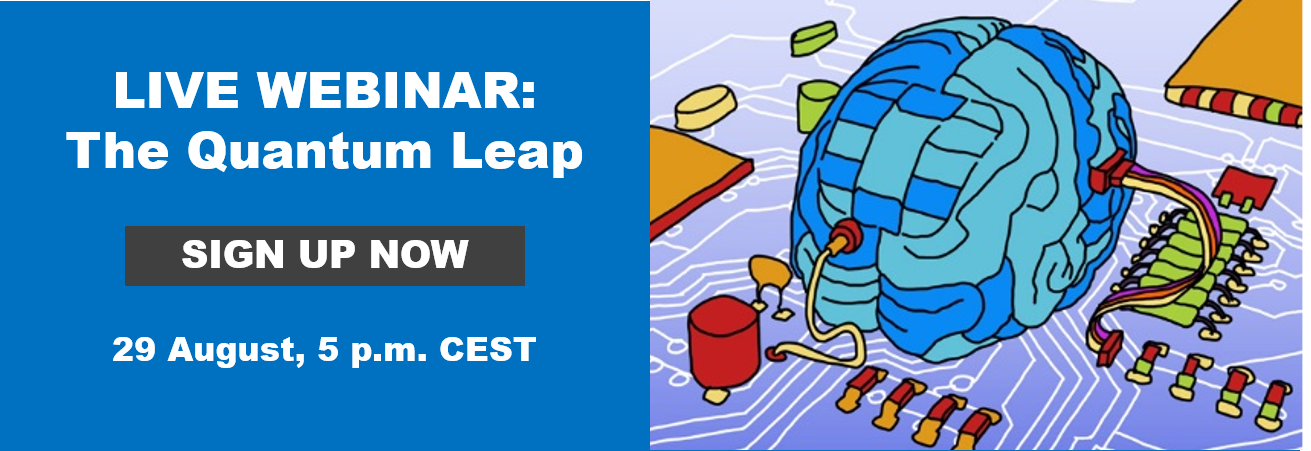

The translation industry is quickly becoming a high-tech industry. So we say… But fear not. Translators' jobs are not going away. Although Google Translate may be considered a big innovation, the company keeps hunting for more and better human translators who can produce the most readable and best localizations of its products.
“With all respect to the companies innovating in language today”, says Lane Greene in his column in the latest issue of TAUS Review, “no-one has achieved anything like that roll-up…” He refers to Uber and “Uberization”, a neologism that has become synonym for disruption of traditional and fragmented industries.
Nothing of the same scale is taking place yet in the global translation industry. Mergers and acquisitions in our sector aim at increasing market share, but up to now they have not lead to real innovation. Where then is the real big innovation in the translation industry coming from, we asked our columnists. From insiders or invaders?
Luigi Muzii refers to the conclusion that Mariana Mazzucato arrived at in her book “The Entrepreneurial State”: no government, no innovation. We’d like to think perhaps that the companies we admire bring us great inventions, but in fact the research underlying them is often funded by governments. One example for all: the ideas and mechanics behind Google Translate go back to, among others, Verbmobil, a research project funded by the German Federal Ministry of Education, Science, Research and Technology until the year 2000.
/the-brains-but-not-the-guts-why-american-companies-crack-the-language-barrier-and-europe-failsThe project was aimed at giving Germany a top international position in language technology and its economical application in the next millennium. But, as I wrote in my recent blog article “The Brains but not the Guts”, very often, at the end of a project, researchers join the companies that have the guts to make it work.
What the global translation industry needs now is ambitious government-funded research programs that exceed national borders. In analogue to the Human Genome Project, in the past we coined the idea of a Human Language Project in various TAUS conferences and articles. The Human Genome Project – after thirteen years of research funded by European and US governments – delivered the first documented human DNA in 2003 and since then the project ignited a revolution in human science. The original funds amounted to 2.7 Billion US Dollars. According to some reports, the benefits of the Human Genome Project now already hover around 1 Trillion US Dollars, or $178 for every public dollar spent. The discoveries delivered by the Human Genome Project have incubated a company like Illumina. Illumina’s machines for sequencing human DNA potentially rewrite the way we manage healthcare in the world. Disruptive innovation in optima forma.
In the meantime, the translation industry is just spinning its wheels. Localization project managers are burnt out on repetitive jobs and highly educated translators are exploited to produce more for less. The sector prides itself as an enabler for globalization, but it is just scratching the surface. Ninety percent of the content and ninety percent of the languages remain untouched, because…. Well, because of the lack of innovation and automation.
Although making its strides into the sector, machine translation is still lacking the confidence that it will deliver consistent quality. Breakthroughs that require more than the bravery of even the most daring commercial players are needed. It seems that governments everywhere now realize the crucial roles they have to play in overcoming the traditional trade barriers. Japan is injecting the industry with funding for the collection of translation data. With the Olympic Games coming to Tokyo in 2020, Japan wants to surprise the world with a population happily conversing in the languages of the tourists and business people visiting the country. (See TAUS articles on translation innovation in Japan)
In Europe, the focus is on the Digital Single Market: the EC’s Connecting European Facility (CEF) is a major infrastructural funding program covering all things – like broadband internet, roads and bridges as well as automatic translation – that will help to truly open the internal European market. Bringing down the barriers within Europe (language being one of these barriers) could contribute an additional EUR 415 Billion to the European economy. And the “One Belt – One Road” program in China is another example of big thinking. Like the CEF program, the “Silk Road Economic Belt” program in China is aimed at removing physical, financial, cultural and language barriers.
There is no doubt that these major government funding programs will drip down in innovations in translation. The most ambitious governments are likely to stimulate the biggest innovations. With the 40 Billion US Dollars that General Secretary Xi Jinping announced in November 2014 to invest in the Silk Road Economic Belt it looks like China may soon be driving more innovation in the translation industry than other economies.
5 minute read
